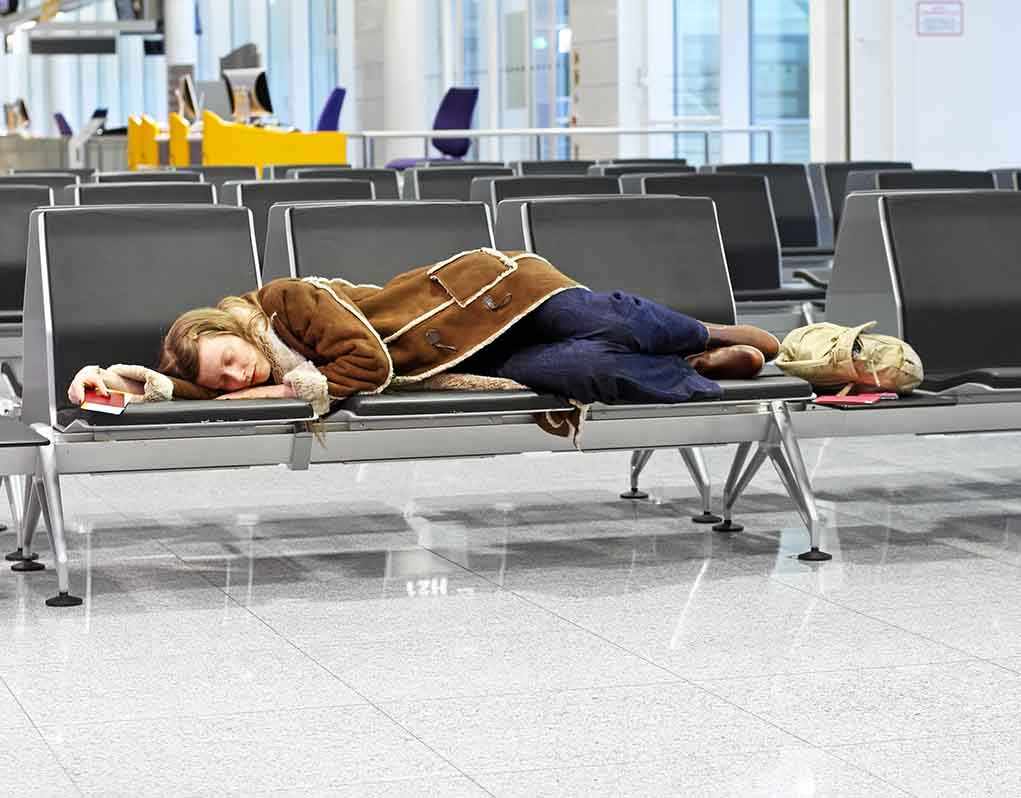
A single ransomware attack on a third-party software vendor brought Europe’s aviation system to its knees, exposing the dangerous vulnerability of critical infrastructure that Americans depend on for safe travel.
Story Snapshot
- Ransomware attack on Collins Aerospace’s MUSE software crippled major European airports
- Thousands of passengers stranded as London Heathrow, Brussels, Berlin, Dublin, and Cork airports forced into manual operations
- ENISA confirms third-party breach reveals systemic weakness in aviation cybersecurity defenses
- Attack demonstrates cascading failure risks from over-reliance on single vendor systems
Ransomware Attackers Target Critical Aviation Infrastructure
Cybercriminals launched a devastating ransomware attack targeting Collins Aerospace’s MUSE software system that powers passenger check-in, baggage handling, and boarding operations across Europe’s busiest airports. The European Union Agency for Cybersecurity (ENISA) confirmed the attack as a third-party ransomware incident, highlighting how a single vendor compromise can paralyze international travel. This attack represents exactly the kind of foreign threat that undermines American interests abroad and threatens the safety of traveling citizens.
Airports Forced Into Emergency Manual Operations
Major European airports including London Heathrow, Brussels, Berlin Brandenburg, Dublin, and Cork were forced to abandon digital systems and revert to manual check-in processes throughout the weekend of September 20-21. Thousands of passengers faced delays and cancellations as airport staff scrambled to process travelers by hand, creating massive bottlenecks and chaos. The disruption exposed how dependent modern aviation has become on interconnected digital systems, leaving travelers vulnerable when those systems fail.
Single Vendor Creates Massive Security Vulnerability
Collins Aerospace, owned by defense contractor RTX (formerly Raytheon Technologies), provides MUSE software to multiple major airports, creating a single point of failure that ransomware attackers successfully exploited. The widespread adoption of this single vendor’s system meant that one successful breach could simultaneously cripple airport operations across international borders. This concentration risk demonstrates poor cybersecurity planning that prioritized cost savings over redundancy and security resilience.
ENISA’s investigation revealed that the aviation sector’s increasing digitization has created systemic vulnerabilities that foreign adversaries can exploit to disrupt critical infrastructure. The agency issued warnings about the cascading effects possible when mission-critical systems lack proper backup protocols and vendor security oversight. Cybersecurity experts described the attack as “deeply concerning” and emphasized the urgent need for robust vendor management and contingency planning across all critical infrastructure sectors.
Long-Term Security Implications for American Travelers
The attack’s aftermath will likely trigger increased scrutiny of third-party vendor security practices and potentially mandate new resilience measures for aviation systems. While some airports like Heathrow demonstrated better resilience through backup systems, the incident proves that manual fallback operations are inadequate for handling modern passenger volumes. The financial losses from cancelled flights and emergency operations will ultimately be passed on to consumers through higher ticket prices and fees.
This cyber attack serves as a stark reminder that America’s critical infrastructure faces similar vulnerabilities from foreign adversaries seeking to disrupt our way of life. The Trump administration’s focus on strengthening cybersecurity defenses and reducing dependence on vulnerable third-party systems becomes even more critical as these attacks grow more sophisticated and targeted.
Sources:
European Airports Cyber Attack: ENISA Confirms Third-Party Ransomware Disruption












